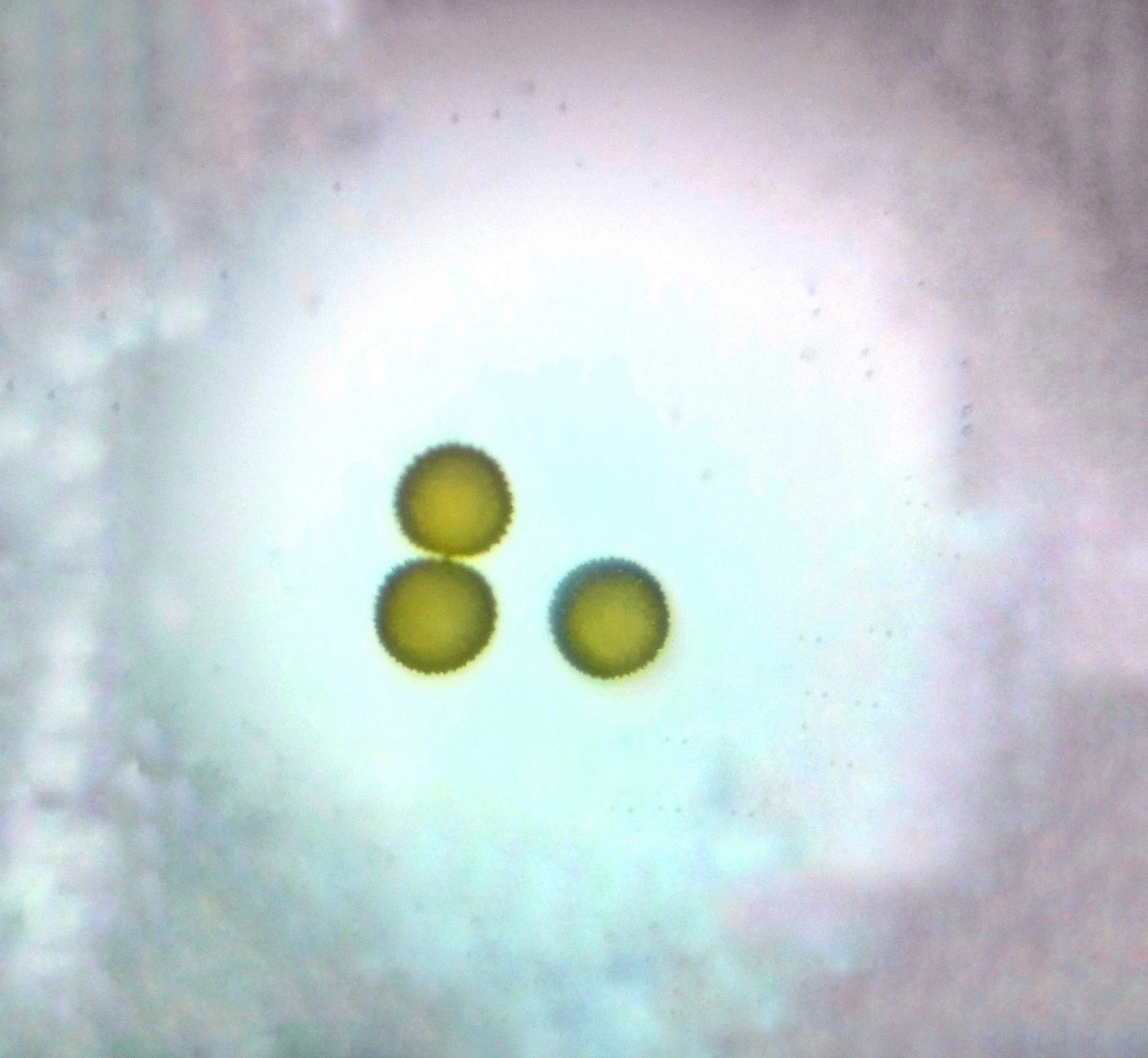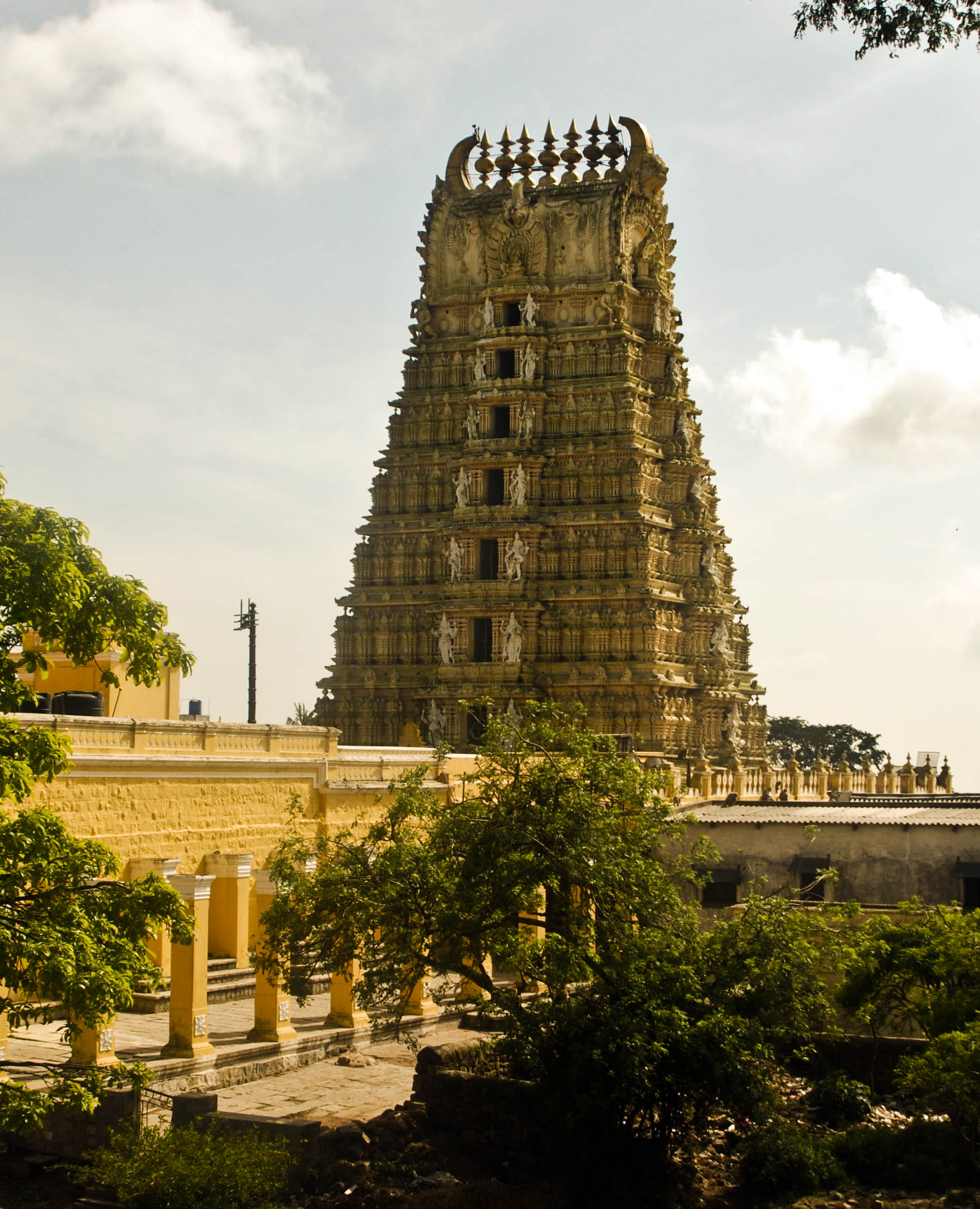|
Sida Mysorensis
''Sida mysorensis'', common name in India Mysore fanpetals, is a plant species native to South and Southeast Asia. It has been reported from the wild in Indonesia, Vietnam, Laos, Cambodia, Thailand, India, Pakistan and southern China, and is cultivated elsewhere. It grows in grassy slopes, on roadsides, and in forest boundaries. ''Sida mysorensis'' is an erect herb up to 1 m (40 inches) tall. The stem and leaves are covered with stellate and glandular hairs. Leaves are ovate (egg-shaped) to cordate (heart-shaped), up to 6 cm (2.4 inches) long. Flowers are yellow, solitary in leaf axils or at the tips of branches. ''Sida mysorensis'' is similar to '' S. javensis'' and '' S. cordata'' but distinguished by its erect habit and hairy shoots. The species is named for the City of Mysore, India India, officially the Republic of India ( Hindi: ), is a country in South Asia. It is the seventh-largest country by area, the second-most populous country, and the most populou ... [...More Info...] [...Related Items...] OR: [Wikipedia] [Google] [Baidu] |
Robert Wight
Robert Wight MD FRS FLS (6 July 1796 – 26 May 1872) was a Scottish surgeon in the East India Company, whose professional career was spent entirely in southern India, where his greatest achievements were in botany – as an economic botanist and leading taxonomist in south India. He contributed to the introduction of American cotton. As a taxonomist he described 110 new genera and 1267 new species of flowering plants. He employed Indian botanical artists to illustrate many plants collected by himself and Indian collectors he trained. Some of these illustrations were published by William Hooker in Britain, but from 1838 he published a series of illustrated works in Madras including the uncoloured, six-volume ''Icones Plantarum Indiae Orientalis'' (1838–53) and two hand-coloured, two-volume works, the ''Illustrations of Indian Botany'' (1838–50) and ''Spicilegium Neilgherrense'' (1845–51). By the time he retired from India in 1853 he had published 2464 illustrations of ... [...More Info...] [...Related Items...] OR: [Wikipedia] [Google] [Baidu] |
Axils
A leaf ( : leaves) is any of the principal appendages of a vascular plant stem, usually borne laterally aboveground and specialized for photosynthesis. Leaves are collectively called foliage, as in "autumn foliage", while the leaves, stem, flower, and fruit collectively form the shoot system. In most leaves, the primary photosynthetic tissue is the palisade mesophyll and is located on the upper side of the blade or lamina of the leaf but in some species, including the mature foliage of ''Eucalyptus'', palisade mesophyll is present on both sides and the leaves are said to be isobilateral. Most leaves are flattened and have distinct upper ( adaxial) and lower ( abaxial) surfaces that differ in color, hairiness, the number of stomata (pores that intake and output gases), the amount and structure of epicuticular wax and other features. Leaves are mostly green in color due to the presence of a compound called chlorophyll that is essential for photosynthesis as it absorbs light ... [...More Info...] [...Related Items...] OR: [Wikipedia] [Google] [Baidu] |
Flora Of Yunnan
Flora (: floras or florae) is all the plant life present in a particular region or time, generally the naturally occurring ( indigenous) native plants. The corresponding term for animals is ''fauna'', and for fungi, it is ''funga''. Sometimes bacteria and fungi are also referred to as flora as in the terms ''gut flora'' or ''skin flora''. Etymology The word "flora" comes from the Latin name of Flora, the goddess of plants, flowers, and fertility in Roman mythology. The technical term "flora" is then derived from a metonymy of this goddess at the end of the sixteenth century. It was first used in poetry to denote the natural vegetation of an area, but soon also assumed the meaning of a work cataloguing such vegetation. Moreover, "Flora" was used to refer to the flowers of an artificial garden in the seventeenth century. The distinction between vegetation (the general appearance of a community) and flora (the taxonomic composition of a community) was first made by Jules Thurman ... [...More Info...] [...Related Items...] OR: [Wikipedia] [Google] [Baidu] |
Flora Of Taiwan
The Flora of Taiwan () is the flora of the country of Taiwan, also known as the Republic of China.''Flora of Taiwan'' also refers to a set of books recording the vascular plants of Taiwan (territories). The second edition consists of six volumes published in 1993–2003 and is available on-line. Taiwan is an island of diverse geography and varied climates, allowing for a vast array of flora to be present. Situated between China and the Philippine Sea basin, it is said to be the home of approximately 4000 species of vascular plants. Of these plants, it is estimated that 600 are ferns, 28 are gymnosperms, 2400 are dicots, and 1000 are monocots. The island can also be divided up into seven different floristic regions: northeastern, central, Hengchun, Lanyu (Orchid Island) and Lutao (Green Island), Alpine, upper montaine and supalpine, and lower montane and lowland. The northeastern region of Taiwan receives much more rainfall and cloud coverage than other regions, making the spec ... [...More Info...] [...Related Items...] OR: [Wikipedia] [Google] [Baidu] |
Sida (plant)
''Sida'' is a genus of flowering plants in the mallow family, Malvaceae. They are distributed in tropical and subtropical regions worldwide,Shaheen, N., et al. (2009)Foliar epidermal anatomy and its systematic implication within the genus ''Sida'' L. (Malvaceae).''African Journal of Biotechnology'' 8(20), 5328-36. especially in the Americas.''Sida''. The Jepson eFlora 2013. Plants of the genus may be known generally as fanpetals''Sida''. Integrated Taxonomic Information System (ITIS). or sidas.''Sida''. FloraBase. Western ... [...More Info...] [...Related Items...] OR: [Wikipedia] [Google] [Baidu] |
Mysore
Mysore (), officially Mysuru (), is a city in the southern part of the state of Karnataka, India. Mysore city is geographically located between 12° 18′ 26″ north latitude and 76° 38′ 59″ east longitude. It is located at an altitude of above mean sea level. Mysore is situated at the foothills of Chamundi Hills about towards the southwest of Bangalore and spread across an area of . Mysore City Corporation is responsible for the civic administration of the city, which is also the headquarters of Mysore district and Mysore division. It served as the capital city of the Kingdom of Mysore for nearly six centuries from 1399 until 1956. The Kingdom was ruled by the Wadiyar dynasty, with a brief period of interregnum in the late 18th century when Hyder Ali and Tipu Sultan were in power. The Wadiyars were patrons of art and culture. Tipu Sultan and Hyder Ali also contributed significantly to the cultural and economic growth of the city and the state by planting ... [...More Info...] [...Related Items...] OR: [Wikipedia] [Google] [Baidu] |
Sida Cordata
Sida may refer to: * ''Sida'' (crustacean), a genus of cladoceran water fleas * ''Sida'' (plant), a genus of flowering plants * SIDA, Security Identification Display Area, US FAA * Swedish International Development Cooperation Agency, a Swedish governmental agency * Acquired Immune Deficiency Syndrome (AIDS), a disease, abbreviated as SIDA in several languages * Two journals published by the Botanical Research Institute of Texas * The fruit of the ''Coula edulis ''Coula edulis'' is a tree in the genus ''Coula'', native to tropical western Africa from Sierra Leone to Angola. It is plentiful in the Democratic Republic of Congo, Nigeria and Sierra Leone. It prefers tropical regions and is tolerant of light ...'' tree, also called the Gabon nut * Amphoe Sida, a district in Nakhon Ratchasima Province, Thailand {{disambiguation, genus ... [...More Info...] [...Related Items...] OR: [Wikipedia] [Google] [Baidu] |
Sida Javensis
Sida may refer to: * Sida (crustacean), ''Sida'' (crustacean), a genus of cladoceran water fleas * Sida (plant), ''Sida'' (plant), a genus of flowering plants * SIDA, Security Identification Display Area, US FAA * Swedish International Development Cooperation Agency, a Swedish governmental agency * Acquired Immune Deficiency Syndrome (AIDS), a disease, abbreviated as SIDA in several languages * Two journals published by the Botanical Research Institute of Texas * The fruit of the ''Coula edulis'' tree, also called the Gabon nut * Amphoe Sida, a district in Nakhon Ratchasima Province, Thailand {{disambiguation, genus ... [...More Info...] [...Related Items...] OR: [Wikipedia] [Google] [Baidu] |
Glandular
In animals, a gland is a group of cells in an animal's body that synthesizes substances (such as hormones) for release into the bloodstream (endocrine gland) or into cavities inside the body or its outer surface (exocrine gland). Structure Development Every gland is formed by an ingrowth from an epithelial surface. This ingrowth may in the beginning possess a tubular structure, but in other instances glands may start as a solid column of cells which subsequently becomes tubulated. As growth proceeds, the column of cells may split or give off offshoots, in which case a compound gland is formed. In many glands, the number of branches is limited, in others (salivary, pancreas) a very large structure is finally formed by repeated growth and sub-division. As a rule, the branches do not unite with one another, but in one instance, the liver, this does occur when a reticulated compound gland is produced. In compound glands the more typical or secretory epithelium is found forming t ... [...More Info...] [...Related Items...] OR: [Wikipedia] [Google] [Baidu] |

.png)



